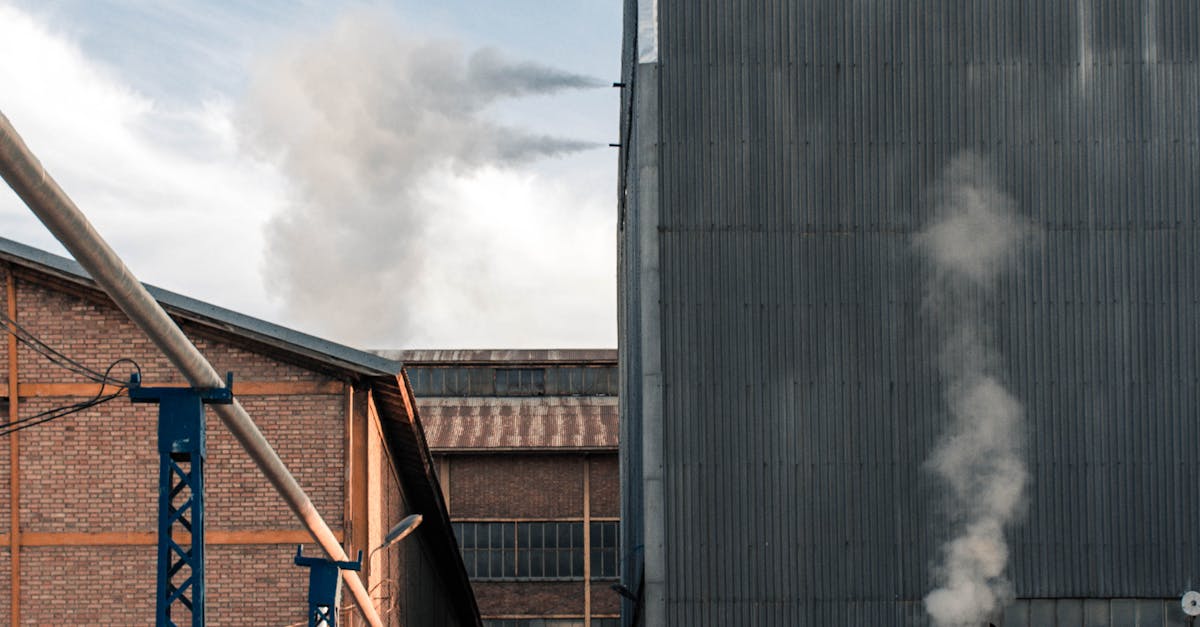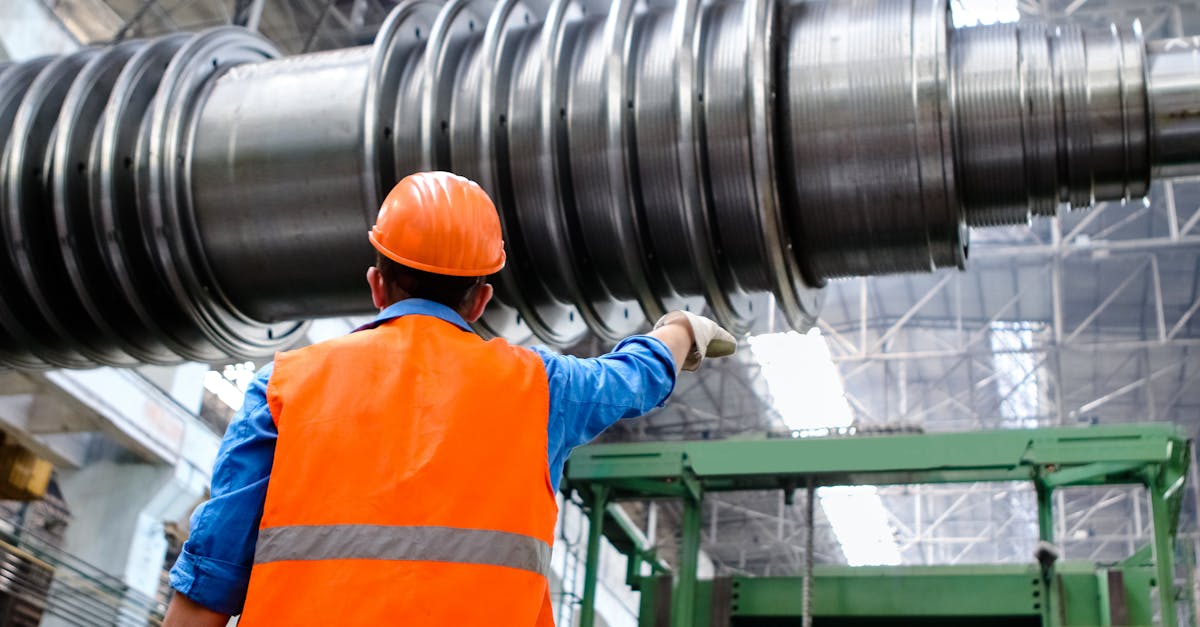
Table Of Contents
Educating Residents and Property Owners on Backflow Prevention
Educating residents and property owners on backflow prevention is crucial to ensuring the safety of water supply systems. In Backflow prevention Narre Warren South, Victoria, it is essential for individuals to understand the potential risks associated with backflow, where contaminated water can flow back into the main water supply due to changes in pressure. By raising awareness about backflow prevention measures, such as installing backflow prevention devices, residents can play a proactive role in safeguarding the quality of their water supply.
Promoting best practices in water safety is another key aspect of educating the community on backflow prevention. By emphasising the importance of regular maintenance and inspections of backflow prevention devices, residents and property owners can help prevent backflow incidents from occurring. Additionally, educating individuals on the proper procedures to follow in case of a backflow incident can help minimise the impact of water contamination and ensure a swift response to mitigate any potential health risks.
Promoting Awareness and Best Practices in Water Safety
Promoting awareness and best practices in water safety is crucial for preventing backflow occurrences in residential and commercial settings. Backflow prevention Clyde North, Victoria depends not only on implementing the right mechanisms but also on educating individuals about the risks associated with water contamination. By raising awareness about backflow and its potential hazards, property owners and residents can take proactive measures to safeguard their water supply from harmful pollutants and bacteria.
Encouraging a culture of regular maintenance and inspections can significantly contribute to preventing backflow incidents. By emphasising the importance of maintaining backflow prevention devices in optimal working condition, property owners can mitigate the risks of water contamination. Additionally, fostering a community-driven approach towards water safety can lead to the adoption of best practices in backflow prevention, ensuring the protection of water quality for all residents in Clyde North, Victoria.
Emergency Response Procedures for Backflow Incidents
When faced with a backflow incident in Berwick, Victoria, swift and decisive action is crucial to mitigate potential health risks and water contamination. The first step in the emergency response process is to immediately stop the source of contamination. By shutting off the water supply to the affected area, further backflow can be prevented, and the spread of contaminants can be limited. Once the water supply is secured, it is imperative to assess the extent of the backflow incident to determine the appropriate course of action for clean-up and remediation efforts.
In addition to addressing the immediate concerns of a backflow incident, it is essential to notify relevant authorities and agencies of the situation. Reporting the incident to local water authorities, health departments, and emergency services can prompt a coordinated response to manage the backflow event effectively. By collaborating with backflow prevention experts and utilising specialised equipment and techniques, the impacted area can be restored to a safe and sanitary condition, safeguarding the community from the potential hazards of water contamination.
Steps to Take in Case of Water Contamination
If water contamination is suspected in a property, swift action is crucial to prevent any potential health risks. The first step is to cease using any water that may be compromised, including for drinking, cooking, and bathing. Contact the local water authority or a licensed plumber immediately to assess the situation and provide guidance on necessary steps to address the issue. In the event of contaminated water supply due to backflow, it is essential to implement backflow prevention systems to avoid reoccurrence. Residents and property owners in Clyde North, Victoria, should be vigilant in identifying and rectifying any backflow issues promptly to safeguard their water quality and health. Regular maintenance and monitoring of backflow prevention systems are vital to ensure ongoing protection against water contamination incidents.
Training Programs for Backflow Prevention Professionals
Training programs for backflow prevention professionals are essential in ensuring the safety of water systems in various communities. In Clyde North, Victoria, professionals undergo comprehensive training to understand the complexities of backflow prevention and the necessary measures to mitigate potential risks. These programs equip individuals with the knowledge and skills needed to detect, prevent, and respond to backflow incidents effectively. Regular training sessions also help professionals stay updated on the latest industry practices and regulations, ensuring they are well-prepared to address any challenges that may arise in maintaining water safety standards in the region.
Backflow prevention Clyde North, Victoria, prioritises continuous learning and skill development among professionals to uphold the integrity of water systems. Training programs cover a range of topics, including backflow prevention devices, testing procedures, and regulatory requirements. By fostering a culture of expertise and excellence in backflow prevention, professionals are better equipped to identify vulnerabilities, implement preventive measures, and respond promptly to any backflow incidents. These training programs play a crucial role in safeguarding public health and maintaining the quality of water resources in Clyde North, Victoria.
Certification and Ongoing Education in Water Safety
Certification is a crucial aspect of ensuring the competency and proficiency of professionals engaged in water safety and backflow prevention. In Clyde North, Victoria, professionals are required to undergo comprehensive training programs to obtain certification in this field. By acquiring certification, these individuals demonstrate their commitment to upholding the highest standards of water safety practices. Ongoing education is equally important to stay abreast of the latest developments and technologies in backflow prevention.
Continual education in water safety helps professionals in Clyde North, Victoria, to enhance their skills and knowledge in identifying and mitigating backflow risks effectively. By participating in regular training sessions and workshops, professionals can sharpen their understanding of best practices and emerging trends in water safety. Through certification and ongoing education, individuals in the field of backflow prevention in Clyde North, Victoria, can provide reliable and efficient solutions to prevent water contamination incidents.
FAQS
What is water backflow?
Water backflow occurs when contaminated water flows back into the main water supply, posing a risk to public health.
How can water backflow be prevented?
Water backflow can be prevented by installing backflow prevention devices such as check valves and backflow preventers in the water supply system.
Who is responsible for preventing water backflow?
Property owners and residents are responsible for ensuring that backflow prevention devices are installed and maintained to prevent water contamination.
Why is it important to educate residents and property owners on backflow prevention?
Educating residents and property owners on backflow prevention is crucial to raise awareness about the risks of water contamination and the importance of taking preventive measures.
What should be done in case of a water backflow incident?
In case of a water backflow incident, it is important to follow emergency response procedures, such as notifying the relevant authorities and implementing steps to prevent further contamination.





